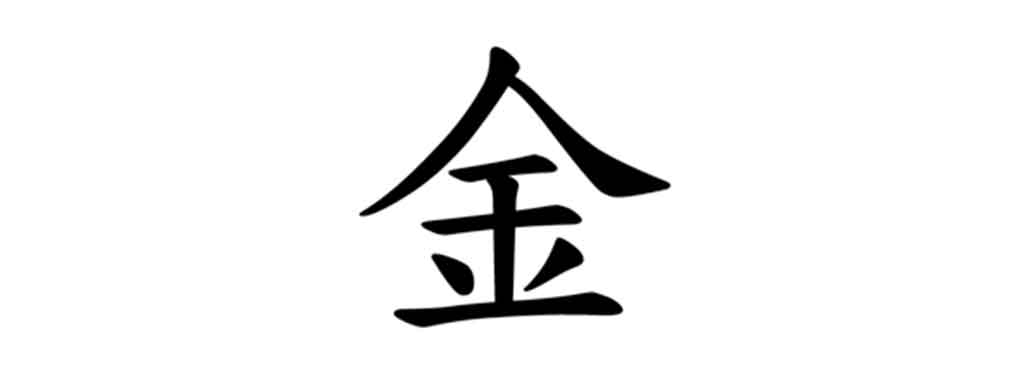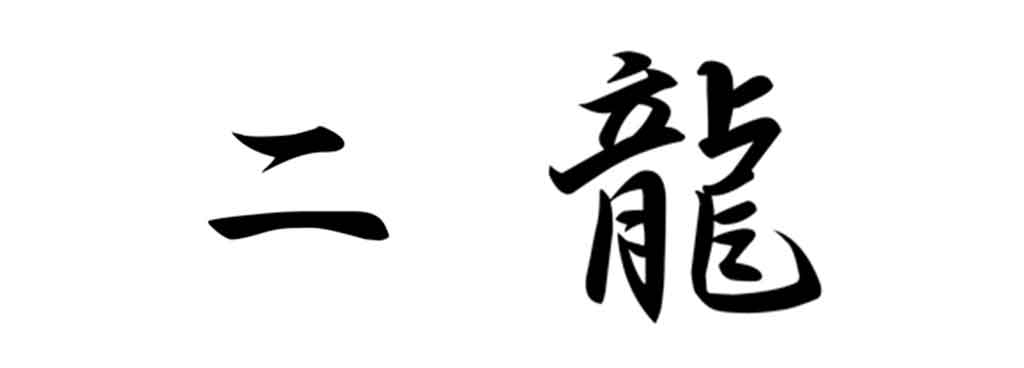
Immortal Design: Chinese Characters
Natalie Ediger, January 29, 2016· Digital Learning
An eternal trend
I’m sure you’ve seen her before, too: Chinese characters. Even in our latitudes you can see them again and again. Many people use them to decorate their cars, apartments or even their own skin. Mostly without really having a connection to it. This can lead to embarrassing situations: Mirrored or upside-down symbols and false translations as tattoos are not uncommon. Nevertheless, the trend never completely disappears. Why? Quite simply, the signs simply look too good!
Difficult, difficult
In the rare case that you do not speak Chinese, when you look at such symbols you will probably get the following thought: “Looks beautiful, but oh my goodness, that is complicated! And indeed, the Chinese writing system is incredibly difficult and time-consuming to learn. (Picture: Chinese boy practicing characters) Because the number of characters is considerable: A total of 87,000 are officially used, of which about 4,000 are sufficient for daily use.
When it comes to design
But don’t worry, this blog is not about language history and script theory. We are experts in explaining, storytelling and design. And that’s what this blog is about. That’s right, we want to look at Chinese type in the context of design! How few means are used to create attractive design using Chinese characters is absolutely amazing and can act as a model example.
Symmetry
On the one hand there is the aspect of symmetry. We humans are attracted to it. We are downright addicted to it. Only a few man-made objects do not have a certain symmetry. This is because it is a quality that we generally perceive as “beautiful”. But the symmetry of Chinese characters is never perfect. You often only become aware of this at second glance. This – probably unintentional – small deviation from the perfection of symmetry has a sympathetic effect and attracts us. This is comparable to a beauty mark next to the nose or a side parting. They disturb the symmetry, but this is exactly what makes them attractive and special.

Elegance
If you want to learn Chinese characters, you will quickly recognize two basic rules: 1. Each symbol consists of individual strokes. 2. circles are an absolute no-go. These two rules and the fact that each symbol has a place in an imaginary square, provide for the uniform look of the writing. No matter whether a character has two or twelve strokes, it is immediately obvious that both are part of the same writing system. Actually ingenious … You don’t have to explain the second point in more detail, but the first point is exciting: So: every character consists of a certain number of strokes. But these strokes are not simply straight lines. They are elegantly curved, with different thicknesses at the beginning and end. This simple, almost spartan elegance, which is crammed to perfection by calligraphy students, exerts a great attraction on us.

Plainness
The signs may seem complicated, but in fact most of them are very simple. If you take a closer look, many of them have barely more than four or five strokes. This simplicity is still modern today, 3,000 years after the creation of Chinese script. The symbols are really timeless – not only in their use, but also in their beauty. With so few means and so little effort, something is created that captivates every observer. Therefore, it is no wonder that the art of calligraphy in East Asian countries is also highly topical in the postmodern period. In a complex world, the simplicity of Chinese symbols serves many people as a counterpoint to the hectic pace of everyday life.
Attractive design is rarely simply a matter of luck. Behind this is often a lot of brain grease and hard work. Chinese writing also had hundreds of years to develop into what it is today. And it now serves as an excellent example of the fusion of symmetry, elegance and simplicity. A combination of elements that is simply “beautiful”. Those who want to bring this beauty into their lives should do so. Whether as wall decoration, bumper stickers, tattoos or whatever. In order to avoid embarrassing moments it is however recommendable, if one informs oneself before the attachment of the indications with an expert about their meaning. It’s not that instead of “brave samurai” you get the symbols for “delicious noodle soup” tattooed.